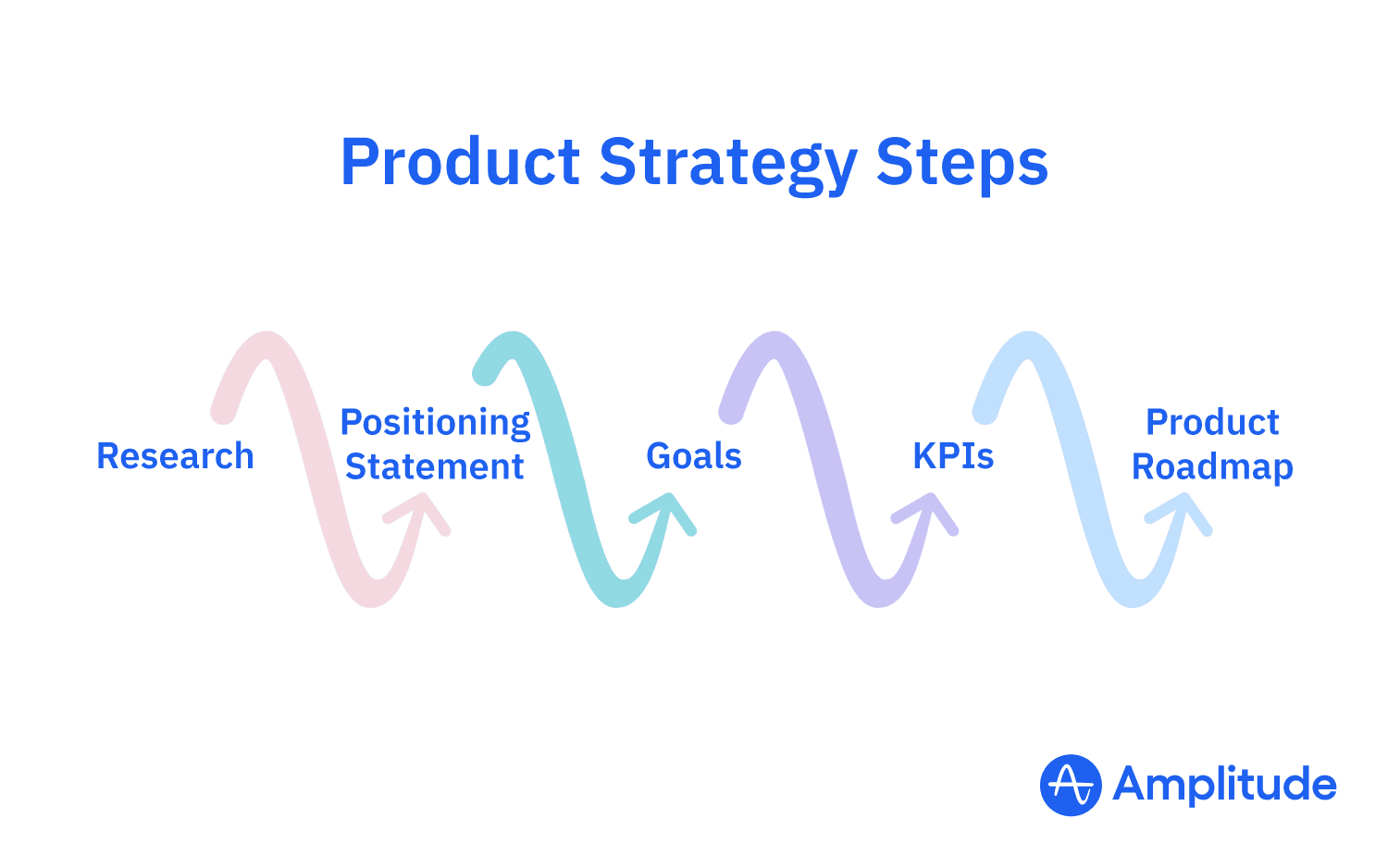What Is Product Management? Meaning, Process, & More
Learn how product management keeps the voice of the customer at the heart of product development to build better products.
Product management means overseeing the lifecycle of a product and championing customers’ needs throughout the process. When organizations work on a product, it can be easy to get lost in the details. A product manager (PM) helps make sure the work of each team contributes to the big picture and serves the customer.
Key Takeaways
- Product management means balancing user experience, business goals, and technical feasibility.
- A product manager (PM) is responsible for product management. A PM oversees the product and all stages of its lifecycle—from the initial product development to product decline.
- Understanding the customer problem your product will solve is the most important job for a PM. The key skills a PM needs are: problem solving, good communication, and strategic thinking.
What is product management?
Product management involves the supervision of product strategy and product development to balance three important elements:
- User experience
- Business goals
- Technical feasibility
In a company, a product manager is responsible for finding this balance. While teams focus on the “how” of creating or updating a product, the PM keeps their focus on the “why.” They are present at every step of the product development process to ensure products deliver value to the customer.

Product managers work to find a balance between business goals, user experience, and technology.
The focus of a product manager will change depending on the needs of different teams. For example, if the development team needs help with backlog grooming, a product manager will jump in to help them refine user stories. If things are running smoothly on the tech side, they’ll focus elsewhere—for example, they might meet with the marketing team to discuss the product marketing strategy and messaging.
What is product management not?
You’ll find some companies where product managers are all about the efficiency of the team and execution—they’ll work to identify optimizations in the product plan. That’s not product management.
Project managers and scrum masters are also involved in shaping the work of different teams to produce a product, but their focus is not the same as a product manager. Let’s take a look at the differences:
- Product manager: Balance user experience, business, and tech to solve a customer problem and create a successful product
- Project manager: Coordinate and optimize resources to make sure the product vision is executed as efficiently as possible
- Scrum master: Lead an agile team and remove roadblocks to facilitate success
Who is involved in the product management process?
A product manager collaborates with these different teams and stakeholders to balance the needs that will be addressed by the product:
- Customers and users to understand the opportunities and problems to be solved
- Business leaders and internal stakeholders to understand business needs
- UX designers to adjust user flows and address user problems
- Engineers and product teams to help develop products
- Customer support and success teams to understand where customers are struggling
Understanding the product management process
The product management process starts with understanding the problem you’re trying to solve for the customer. A product manager is responsible for keeping that problem at the center of all product decisions.
A clear understanding of the customer problem a product will solve is the most important part of product management. Product managers need a clear picture of the journey their customers are on to identify where their product can help. To do this effectively, they conduct market research and speak directly to customers on a regular basis. They don’t make assumptions about what customers want and ask clarifying questions.
The next stage is developing hypotheses on how to solve a problem and conducting hypothesis validation. Let’s say you develop a hypothesis that a new filter feature will help your customers navigate your platform more easily. You might create a mockup of the new feature and conduct A/B testing with a small group of customers to determine if the feature would be useful.
Then, it’s time for implementation. At this stage, a product manager develops a product strategy and creates a product roadmap to align the team on the work that needs to be done. They’ll guide the teams to create a minimum viable product or a minimum lovable product, making sure that no one loses sight of the customer problem.
The product will go through various iterations with testing after each change. Product managers use data from user tests (for example, engagement rate or click-through rate) to determine how users react to the new product or feature.
The job of a product manager doesn’t end once a new product has been developed—they’re involved at all stages of the product life cycle:
- Introduction: PM helps develop and launch the product
- Growth: PM helps teams release iterations of the product to ensure growth in sales
- Maturity: PM focuses on retaining customers and maintaining the functionality of the product
- Decline: PM decides to “keep, kill, or reboot” the product—keep the product in the market, remove the product from the market, or release a new version of the product

The product lifecycle typically follows this path from introduction to decline.
Steps to creating a product strategy
A key task for product managers is creating the strategy for a new product. The strategy communicates the big picture to teams, so everyone stays aligned.
Here are the steps a product manager will go through to create a product strategy:
- Research the customer, the market, and the competition.
- Create a positioning statement that:
- Defines customer personas—their goals, pain points, and problems.
- Defines the product vision—how the product solves the customer problem.
- Explains why the product is better than or different from competitors’ products.
- Set goals that outline how they’ll identify whether the product has achieved the positioning statement.
- Define KPIs that detail what metrics they’ll use to measure progress toward goals.
After creating a product strategy, the product manager will create a product roadmap with more detailed development steps.

Product strategy starts with research that can help inform your product roadmap.
Key skills for product management
To successfully achieve the functions of product management, you need a solid understanding of your customer, your organization’s business goals, and the technology used to build your products. Product management skills allow you to use this knowledge to guide teams to solve customer problems.
At the heart of product development is problem-solving. Product managers need to collaborate with the team to come up with solutions for how a product can help customers in a way that’s reasonable for engineers and serves business goals.
Product managers need excellent communication skills. As a product manager, you don’t necessarily have authority because teams don’t directly report to you. That means you have to lead by getting people on your side with your storytelling and vision for the product.
Logical, strategic thinking is also important. Product managers have to understand data and use it to inform their decision-making. To be led by data instead of your opinion requires flexibility. Product managers need to have the humility to look at data and say, “I’m wrong,” instead of sticking to their opinions.
Careers in the product management field
If you’re interested in a product manager career path, consider that there are product management career paths and roles at different levels:
- Entry-level: Associate or Junior Product Manager—they help and assist the PM.
- Mid-level: Product Manager
- Leadership: Product Leader, Chief Product Officer, VP of Product—these are higher-level roles that focus on the overall product strategy for an organization.
Other roles linked to product management include product owners and technical product managers. Product owners have a shorter-term focus than product managers. They work on smaller details of product development and translate the vision of the product manager into a backlog for the engineering team.
A technical product manager will typically have a background in software development. They need to have more technical skills than a conventional PM because their focus is on how the product works technically and how it fits into the company’s software ecosystem.
Additional resources for product managers
These resources will help you learn key product management concepts.
From Amplitude:
- How to Get into Product Management in 2022
- Product Management Best Practices
- The Mastering Retention Playbook
- The North Star Playbook
From external product leaders:
- Shape Up: Stop Running in Circles and Ship Work that Matters (Basecamp)
- The Product Book: How to Become a Great Product Manager (Product School)
- The Lean Product Playbook: How to Innovate with Minimum Viable Products and Rapid Customer Feedback (Dan Olsen)
- The Complete Product Management Course (Charles Du)
References
- Airfocus. Backlog Grooming
- Productboard. How product managers can identify what customers really need
- Atlassian. Product Roadmaps
- Startup Jedi. Instruments to validate product hypothesis
- Hilary Hayes. Hypothesis-Driven Validation
- Aha! What is a Minimum Lovable Product?
- Product Mindset. Hypothesis Driven Product Management
- Scrum.org. What is a Product Owner?
- Product Manager HQ. What Does a Technical Product Manager Do? Roles and Responsibilities
- TWI. What is a Product Life Cycle?
- Product Dave. Product Lifecycle: Everything You Need to Make Good Product Decisions
- CareerFoundry. What are User Flows in User Experience (UX) Design?
Now that you know the basics of product management, learn how to set the right metrics with ourNorth Star Playbook.

Alan Okada
Principal Product Manager, Amplitude
Alan Okada is a principal product manager at Amplitude. Previously, he was a senior product manager at Rosetta Stone and senior product owner at Napster.
More from Alan





